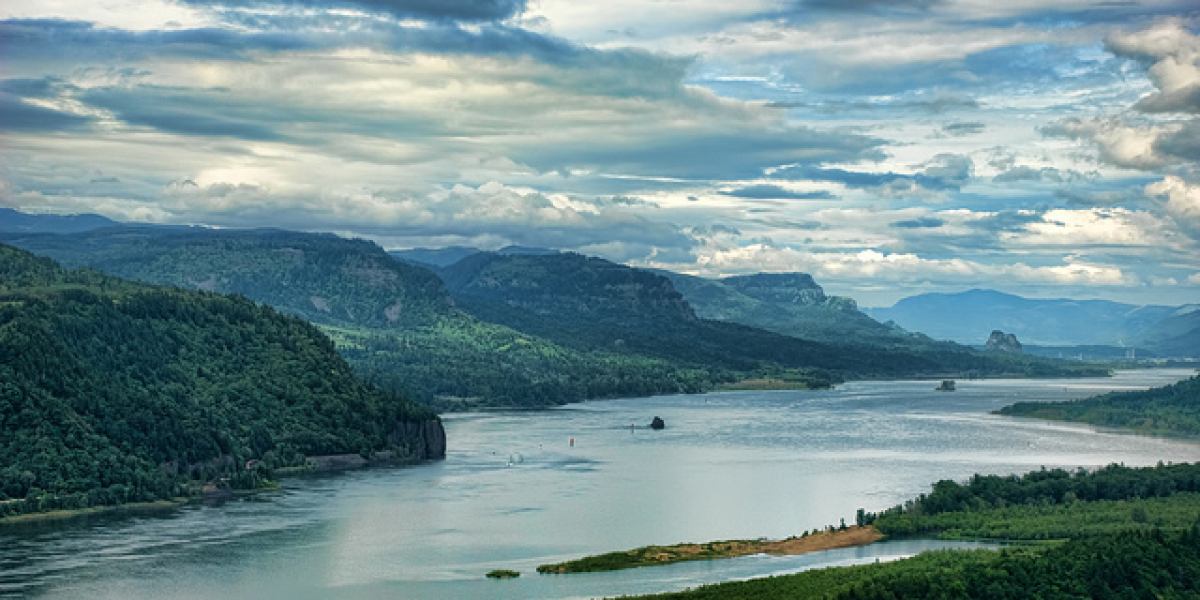
Friday, January 20, 2017
Guest post by Anthony Cotter
This guest blog is based on the paper “Valuing ecosystem services in the Columbia River Treaty” written by Anthony Cotter (Simon Fraser University) as partial fulfilment of the requirements for the Degree of Master of Public Policy. This research project was supported by Smart Prosperity Institute (formerly Sustainable Prosperity)’s Research Network.
A real estate developer values a wetland by how much he or she can make by building housing on the land and selling it on the market.
But what about a community that draws its drinking water from a nearby lake, where the water is filtered and purified by the wetland? In this case, the value of the land would be at least as great as the cost of building a new water treatment facility, which would be needed if the wetland were to disappear.
Ecosystems provide many services to our society, yet those services are often not valued when we weigh the costs and benefits of development.
In the Columbia River Basin, an area of land the size of France that straddles the United States-Canada border, defining the value of ecosystem services will play an important role in determining the future of a river that is an engine of the economy of the Pacific Northwest.
Canada (represented by British Columbia) and the United States manage the Columbia River together under the Columbia River Treaty. Currently, in return for electricity delivered at the border, British Columbia operates its dams so as to prevent flooding in the US and optimize the value of hydropower generated in the US.
The Treaty is currently being reviewed for potential improvements. The US wants to significantly lower the return of power benefits – currently worth between US$100 and 150 million annually– it makes to Canada. The original flood control agreement expires in 2024 and may be re-negotiated or be replaced by a much more limited ad hoc flood control provision.
Yet the United States receives many other benefits from Canada’s actions. Canadian water management results in healthier and more robust fish populations, more water available to grow crops, more stable reservoirs on which to boat and windsurf, and higher rivers on which to transport goods and services to and from the interior US.
In addition, Canada incurs costs to provide these improvements in services to the US. For example, the water level on the Arrow Lakes Reservoir rises and falls by 40 feet each year. This fluctuation adversely affects recreation and harms animal and plant life around the reservoir.
In my research, I estimate that the value of the incremental US benefits is approximately $200 to $700 million annually. The major sources of this value are flood control ($75 million), hydropower ($25 to $400 million), fish ($100 million), agriculture ($15 to $55 million), and recreation ($10 million). For a detailed explanation of the economic valuation methods I employed in this study see chapter three of my paper – available here.
This estimate does not include the value of non-fish recreation, navigation, air quality, water quality, or other ecosystem services, which are likely greater than zero. The passive or non-use value of salmon and steelhead alone, which is the value people derive from the existence rather than consumption of a good, is approximately $90 million.
On the other hand, I estimate that the value of the Canadian costs is approximately $25 to $40 million (2016 US) annually. These are the estimated costs Canada incurs to provide improvements in services to the US by foregoing similar upstream improvements in ecosystem services that could be obtained if Canadian water resources were managed to maximize Canadian ecosystem services.
The major sources of this value are hydropower ($20 million), fish and wildlife ($6 to $30 million), agriculture ($1 to $2 million), air quality ($1 million), and other ecosystem services ($2 million). For example, if the treaty were to terminate, BC Hydro estimates that Canada could produce an additional $22 million in hydropower benefits. Similarly, data on fish-related performance measurements, indicate that terminating the treaty would result in a generally positive impact on fish population in the Canadian basin.
These values are significant and many experts expect them to rise as a changing climate results in a scarcer and less predictable supply of water in the basin.
In my report, I recommend that the US and Canadian governments incorporate the value of ecosystem services into Treaty renegotiations and adjust the payments over time as needed. I also discuss some specific ways in which these values can be measured.
I draw on real-world examples of places where payments for ecosystem services have been adopted, such as forest conservation in Costa Rica, to illustrate the issues that the parties might face in incorporating these values and propose ways to mitigate the challenges.
A nthony Cotter graduated from Simon Fraser University in October 2016. Following a summer internship with the International Energy Agency in Paris, he continues to work on energy and environment issues as a Policy Analyst at Natural Resources Canada in Ottawa.
nthony Cotter graduated from Simon Fraser University in October 2016. Following a summer internship with the International Energy Agency in Paris, he continues to work on energy and environment issues as a Policy Analyst at Natural Resources Canada in Ottawa.